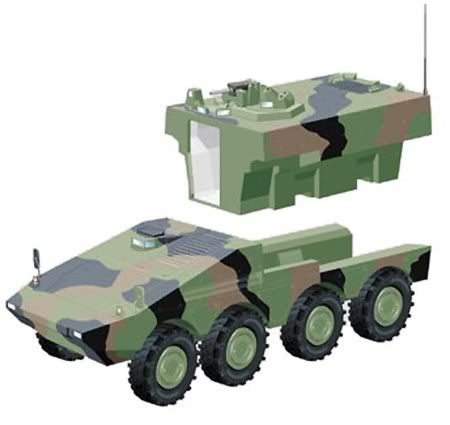
The following posts outline the current range of equipment on sale within the Voss Defence Incorporated Storefront. To purchase any of the equipment detailed below, please visit the main storefront at www.VossDefence.ter

![]() by Tergnitz » Mon Feb 28, 2011 3:40 am
by Tergnitz » Mon Feb 28, 2011 3:40 am


![]() by Tergnitz » Mon Feb 28, 2011 3:46 am
by Tergnitz » Mon Feb 28, 2011 3:46 am


![]() by Tergnitz » Mon Feb 28, 2011 3:55 am
by Tergnitz » Mon Feb 28, 2011 3:55 am


![]() by Tergnitz » Mon Feb 28, 2011 4:46 am
by Tergnitz » Mon Feb 28, 2011 4:46 am


![]() by Tergnitz » Mon Feb 28, 2011 4:56 am
by Tergnitz » Mon Feb 28, 2011 4:56 am


![]() by Tergnitz » Mon Feb 28, 2011 5:12 am
by Tergnitz » Mon Feb 28, 2011 5:12 am



![]() by Tergnitz » Mon Feb 28, 2011 5:24 am
by Tergnitz » Mon Feb 28, 2011 5:24 am



![]() by Tergnitz » Mon Feb 28, 2011 4:22 pm
by Tergnitz » Mon Feb 28, 2011 4:22 pm


![]() by Tergnitz » Mon Feb 28, 2011 4:54 pm
by Tergnitz » Mon Feb 28, 2011 4:54 pm


![]() by Tergnitz » Mon Feb 28, 2011 4:59 pm
by Tergnitz » Mon Feb 28, 2011 4:59 pm
Advertisement
Return to Global Economics and Trade
Users browsing this forum: No registered users
Advertisement